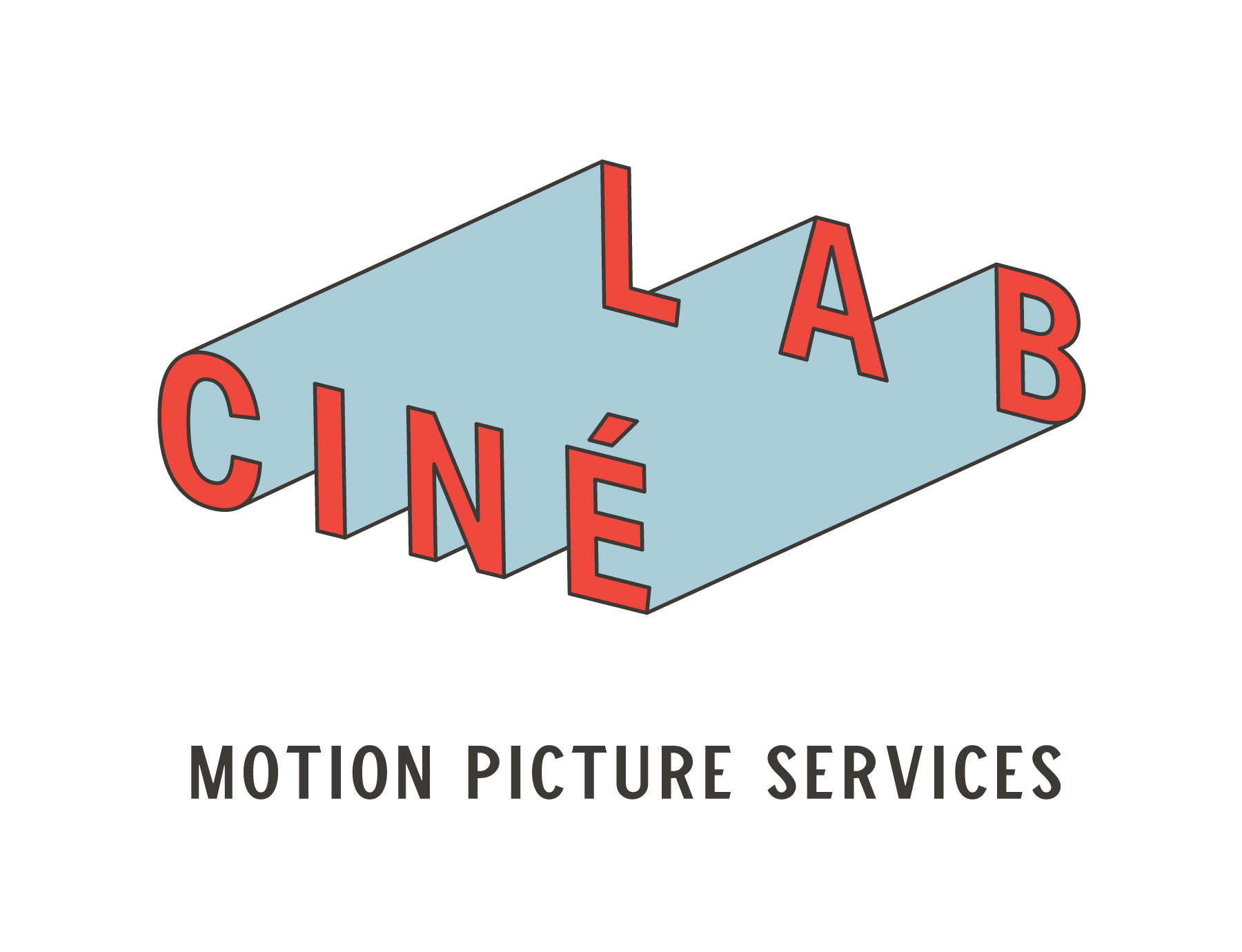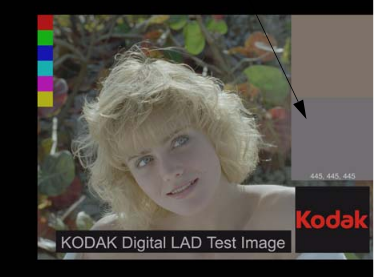-
Posts
2,364 -
Joined
-
Last visited
Everything posted by Robert Houllahan
-
Just about any expired film can be used and developed with the caveat that there will be more pain and effort required to use certain stocks. I would say any old B&W film can be used and processed, a week ago I shot a 16mm roll of 7231 Kodak Plus-X negative that said "use by Aug 1965" ad it came out great. I rated it as 20iso and shot outdoors in bright sunlight. Old Kodachrome is basically B&W film now but it has RemJet backing and so it needs to have a process where that is removed before the developer. Old Ektachrome like all the E160 stocks have a softer emulsion and cannot practically be machine processed as color and are a mixed bag for B&W processing.I would not recommend shooting these stocks unless you want to deal with the fuss of getting them to process. Old color negative can be great or at least not a problem to run in ECN2 or C41 (with backing removal) We ran some 16mm ECN film for a museum that was shot in 1984 and frozen for 38 years and it came out mostly pretty great and scanned fine. General rule of thumb is to down rate the stock one stop per decade and that works pretty well.
-
I think they only record to 35mm on the Arrilaser and 50D 200t and 250D are the three color stocks that can be use on the Arrilaser with the negative kit.
-
All Directors use a monochrome sensor with sequential RGB scanning. The Director 4K uses mechanical pin registration with a ACME movement and a monochrome Kodak 4K CCD. The Director 10K and 13K use machine vision with the 5K or 6.5K CMOS monochrome cameras from CMOSIS and Sony and a pixel shift to make 10K and 13K scans.
- 12 replies
-
- lasergraphics
-
(and 2 more)
Tagged with:
-
I think the 3rd flash on the Director is so that it is true 16bit RGB scanning, as it uses the 6.5K 12bit monochrome Sony Pregius sensor with a piezo stage like the Arriscan. So 12bit +2bit +2bit = 16bit precision per color. If you have a color print just about any 2-flash scanner should be able to scan the full density range.
- 12 replies
-
- 1
-

-
- lasergraphics
-
(and 2 more)
Tagged with:
-
Not likely to be able to find any but it is a very simple camera setup usually driven by an external stepper or servo motor.
- 11 replies
-
We have done this for a few clients it makes for an interesting look especially if you use a bit more textural stock like 500t We can record to camera negative and make a print and a print with mono optical sound.
-
These are for digital to film recording usually with a older CRT based recorder.
- 11 replies
-
- 1
-

-
HI For true RGB scanning we currently offer the Arriscan 6K HDR. I am working on a 14K RGB-IR +HDR Xena build and we have most of the parts including the 14K camera, this should be available this summer as DCS integrates the 14K camera into Xena. The 9.4K sensor camera Xena is a CFA color sensor camera scanner like our Scan Station scanners and that system is almost done having that camera integrated. I don't know of anyone who has a 10K or 13.5K Director available as a machine that anyone outside a studio can access in the USA I know Cinelab Romania has a Director 10K and metro Post has a older 4K Director.
- 12 replies
-
- 2
-

-
- lasergraphics
-
(and 2 more)
Tagged with:
-
Yeah we can record 16mm Ektachrome and run it as E6. I have had a few requests and have to just get a roll and do a calibration on the recorder. We will also be offering 100D E6 recording on the 35mm 8K recorder I am working on building in 4-Perf 4K or Vista-Vision 8 Perf 8K
-

ALCS Single-Speed Crystal Controller for CP16R
Robert Houllahan replied to Aapo Lettinen's topic in Cinema Products
I would like to get two of the 4 speed for two CP16 bodies we have at Cinelab. I will email separately about this and order etc. -

DHL X-Rays and shipping film overseas
Robert Houllahan replied to Hwang Toe's topic in Film Stocks & Processing
Good to know about that DHL issue, so far we have received DHL this year mostly from South America and Canada without any X-Ray issues. -

DHL X-Rays and shipping film overseas
Robert Houllahan replied to Hwang Toe's topic in Film Stocks & Processing
To some degree all packages are screened for shipping but not at the high rad levels used in a Airport scanner. We receive film shipped into Cinelab from all over the world by all the carriers and have never seen any scan damage from shipping. All the scanner damage we have seen recently has been from the new CT scanner machines at airports. Those seem to just create an overall fogging and not sharp lines like some of the older machines particularly old Soviet X-Ray machines at airports which have likely all been pulled from service. -
A LAD is just basically a lab control image with a persons photo (Usually a woman i.e. a Leader Lady or Marcie) and grey chip etc I attached one and these are used for lab control for printing etc and you could more or less fudge one as a "normal" for setup to grade in Resolve and then use that as a reference for grading with printer lights. Not exactly super scientific but I think it would achieve the result your looking for as a primary only grade as if you are printing from negative.
-
I would rate it the same ISO as you would if it is developed as E6 and I think 80iso is about the best rating for 100D. When printing it does not have the orange mask on the negative so you will have to adjust if you want it to be normal-ish and you can put an orange filter in with the ND in the printer. Or print it as is with the color shift and no compensation for that look.
-

Kodak Vision 500T uncorrected in daylight?
Robert Houllahan replied to David Paul Carr's topic in Film Stocks & Processing
An 85 is the correction filter for Tungsten under daylight it will balance out the tungsten stock to normal. They come in 85 and 85 with ND. -
I would suggest grading with printer lights in Resolve if you go to the menu and under "color" there is a "printer light hotkeys" setting and you can use the numeric keypad to grade in 1 1/2 and 1/4 printer lights. Get your lab to include a LAD / Marcie with your scan and if you set that up to REC709 "normal" it should track reasonably well in terms of translating to a print.
-

Kodak Vision 500T uncorrected in daylight?
Robert Houllahan replied to David Paul Carr's topic in Film Stocks & Processing
As long as you expose it within a reasonable range, say +1 over it is usually able to be balanced to more or less normal. The daylight will overexpose the blue record faster than the red and green thus the blue skewed cast when shot under daylight. -

Running 135 film with KS perfs on the Arri 2c
Robert Houllahan replied to Felipe Locca's topic in ARRI
I found out what it be what it is who it for, interesting. -

Running 135 film with KS perfs on the Arri 2c
Robert Houllahan replied to Felipe Locca's topic in ARRI
Ohh did Wittenr or someone cut and perf some Lucky or was that from them? -
Hopefully it will be ok if not put through the new CT scanner machine. We have been seeing more travel film which has been put through the CT machines and it is mostly a very elevated base fog and not stripes or lines like some of the old Soviet X-Ray machines. The CT machine damage is somewhat correctable in post but far less than ideal.
-

Running 135 film with KS perfs on the Arri 2c
Robert Houllahan replied to Felipe Locca's topic in ARRI
I bet it will run fine the 2C is pretty good at putting just about any film through it. -
The JK's are really rare and in demand right now you might want to reach out to Matt McWilliams as he rebuilds these and adds his newer control system. I know there are a number of schools looking for one.
-
They should. Also for CFA scanners you really need a lamp that is not just RGB but RO/G/B/W and a adjustable matrix for the Bayer Demosiac in addition to the proper LIN to Cineon conversion. There is allot of fussy tuning and tricks to make a Bayer camera with huge color channel bleed work as well as they do on machines like the Scan Station. Allot of reasons why true RGB scanners with a Monochrome sensor just make better color scans.
- 31 replies




